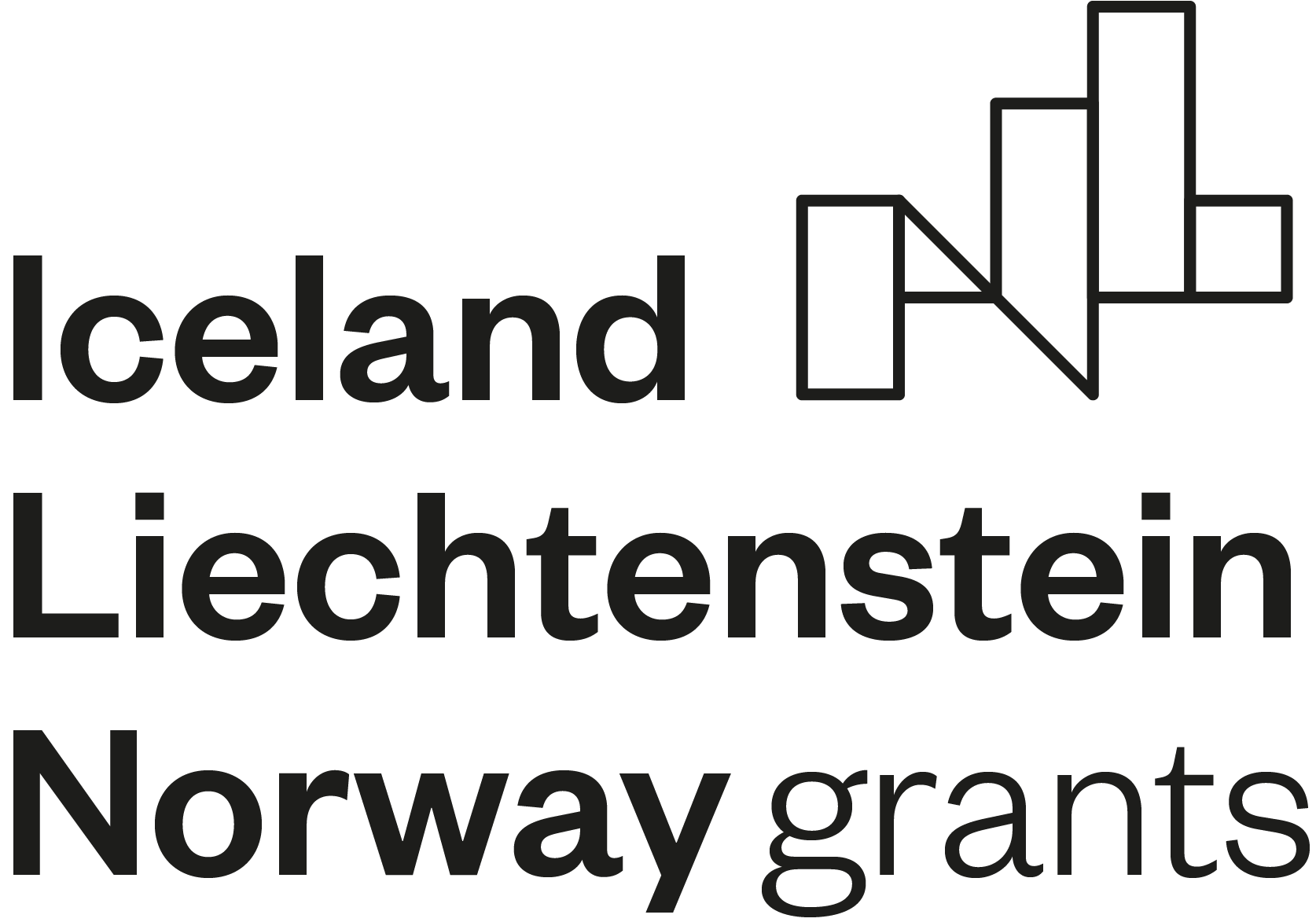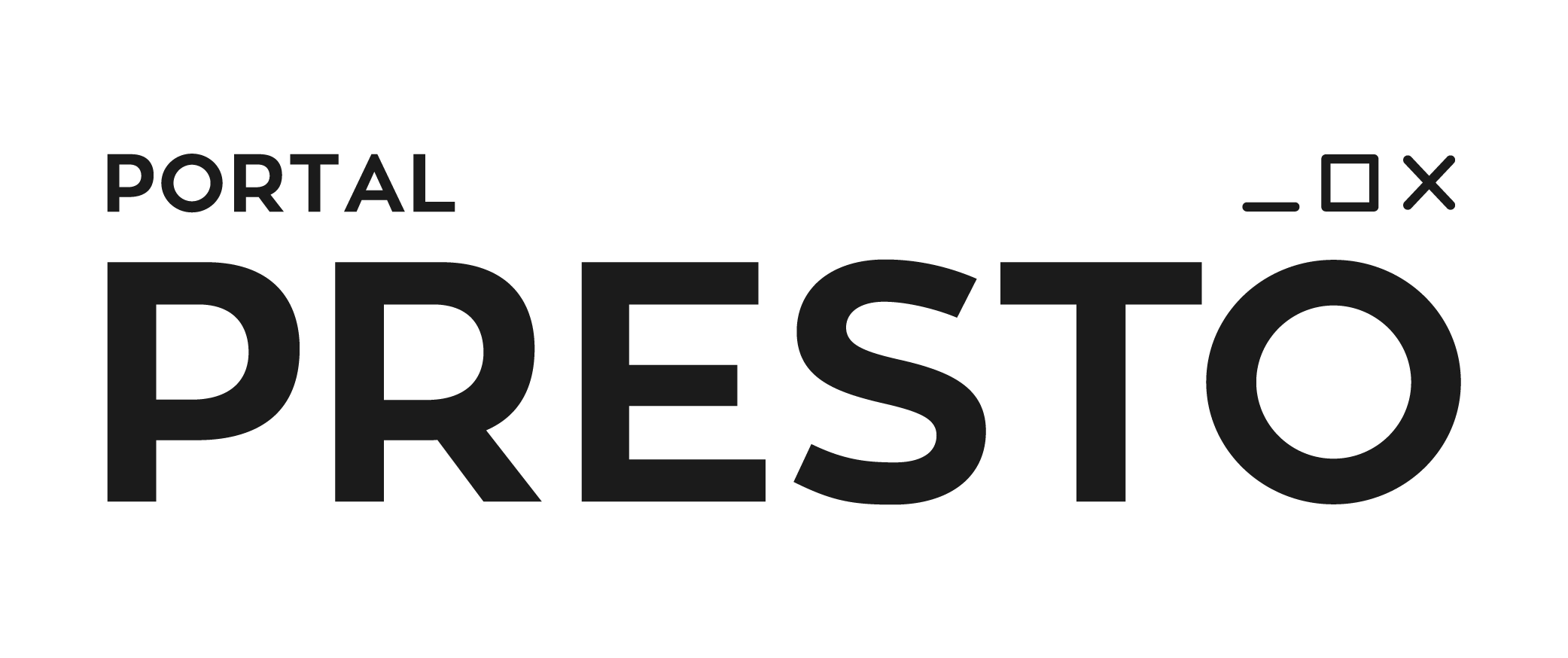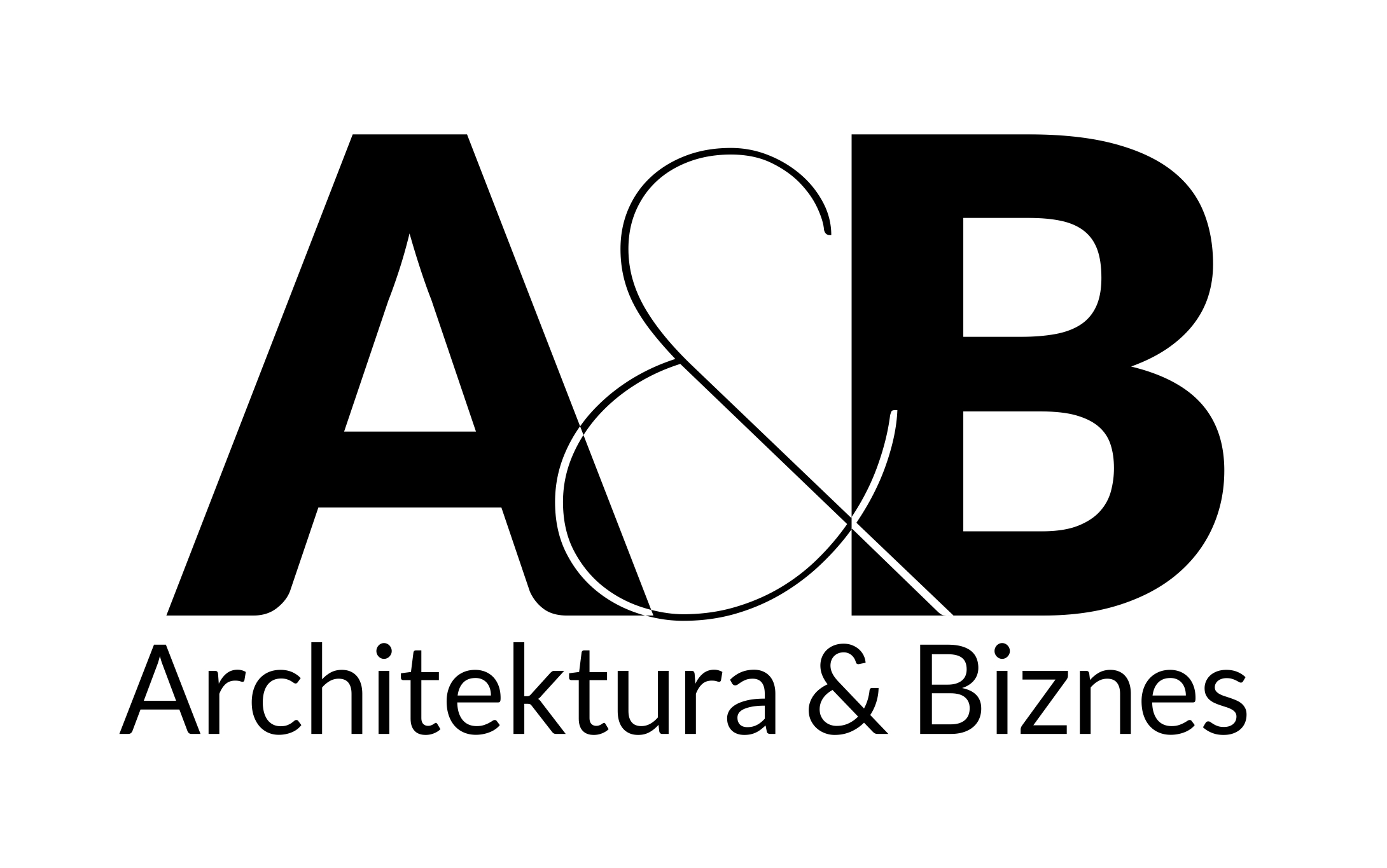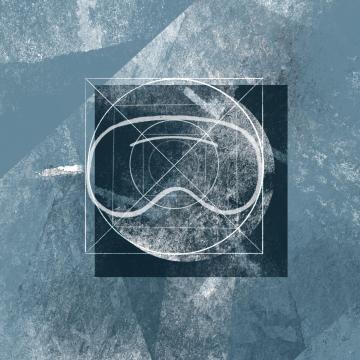
Rafał Kruszka - User Agreement
Instrukcja / Instruction
- Po doświadczeniu nawigujemy dwoma kontrolerami - lewy joystick służy do poruszania się, prawy do rotacji.
- Do kolejnych poziomów przechodzimy przez świecące sfery.
- Zachęcam do łapania brył, które latają wokół świecących napisów - mają przypięte narracje audialne wygenerowane przy użyciu sztucznej inteligencji.
- We navigate the experience with two controllers - the left joystick is for movement, the right one for rotation.
- We go through glowing spheres to the next levels.
- I encourage you to catch the shapes that fly around the glowing inscriptions - they have audio narratives, generated using artificial intelligence, attached to them.
Głównym celem projektu User Agreement jest eksploracja interaktywnej przestrzeni wirtualnego świata poprzez mapowanie zachowań algorytmów. Nazwa projektu nawiązuje do zgody wyrażonej przez użytkownika i uzyskanej przez program. Zwykle ma to miejsce podczas instalacji oprogramowania lub uzyskiwania dostępu do platformy internetowej. Tradycyjnie jest to obszerna umowa zawierająca uwagi dotyczące możliwych i akceptowanych sposobów korzystania z oprogramowania, informacje o własności kodu, braku odpowiedzialności wydawcy za szkody wynikłe z użytkowania oraz, co ważne, pola i sposoby gromadzenia, przetwarzania i udostępniania danych wprowadzonych przez użytkownika.
Dwuwymiarowe ekrany wyświetlające przed oczami zanurzonej osoby obrazy, interpretowane przez jej mózg jako trójwymiarowa przestrzeń, mogą prowadzić do pytań o naturę hologramów i fantomów wypełniających cyfrowy świat. Przełamanie fasady iluzji poprzez porzucenie technik mających na celu odtworzenie rzeczywistości w świecie 3D to jedna ze strategii przyjętych w tworzeniu wirtualnego doświadczenia. Drugim wymiarem, na którym opiera się projekt, jest włączenie algorytmów w proces projektowania doświadczeń VR, w tym generowanych przez algorytmy treści dotyczących ich struktury i komponentów.
Poszukiwanie przejawów samoświadomości w odpowiedziach algorytmów na zadawane pytania prowadzi do hipotez na temat tego, co w tej treści jest fałszerstwem, oszustwem, naśladownictwem, czy też tym, co rozpoznajemy jako świadomość systemu.
Synestetyczny język symulacji daje zanurzonej osobie możliwość odkrywania treści wygenerowanych przez modele sztucznej inteligencji. Symulacja myśli, mowy i emocji oraz samoświadomość technologii i mechanizmy ją konstruujące zostają poddane auto analizie przez sam system. To umożliwia doświadczającemu wgląd w cyfrowy świat, tworząc portal do mózgu i serca algorytmicznej struktury.
The User Agreement project’s main focus is to explore the interactive space of the virtual world, mapping the algorithms' behaviour. The project's name refers to the consent expressed by the user and obtained by the program. This typically occurs during software installation or accessing an online platform. Traditionally, it involves a lengthy agreement containing notes on possible and accepted ways of using the software, information about code ownership, the publisher's lack of responsibility for damages resulting from usage, and, importantly, the fields and methods of collecting, processing, and sharing user-entered data.
Two-dimensional screens displaying images in front of the immersed person's eyes, interpreted by their brain as a three-dimensional space, can lead to questions about the nature of holograms and phantoms filling the digital world. Breaking the facade of illusion by abandoning techniques that aim to replicate reality in the 3D world is one of the strategies adopted in creating the virtual experience. The second dimension on which the project is based involves algorithms in the VR experience design process, including content generated by algorithms concerning their structure and components.
Searching for manifestations of self-awareness in the algorithms' responses to posed questions leads to hypotheses about what in this content is falsification, deception, imitation or what we recognize as the system’s consciousness.
The synesthetic language of simulation gives the immersed person the ability to explore content generated by artificial intelligence models. The simulation of thoughts, speech and emotions as well as the self-awareness of the technology and the mechanisms that construct it are subjected to auto-analysis by the system itself. This allows the experiencer a glimpse into the digital world, creating a portal into the brain and heart of the algorithmic structure.
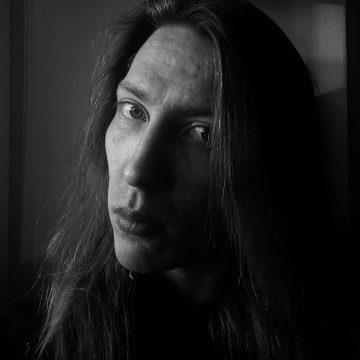
Absolwent Wydziału Sztuki Mediów na Akademii Sztuk Pięknych w Warszawie (2023). W swoich pracach wykorzystuje temat roli technologii w życiu człowieka. Będąc na bieżąco z najnowszymi technologiami, w swoim podejściu artystycznym próbuje przewidzieć zmiany, jakie mogą one przynieść. W swoich pracach chętnie wykorzystuje zarówno podejście analogowe, jak i cyfrowe, badając ich różnice i podobieństwa. Eksploruje nowe formy narracji, korzystając z narzędzi sztuk medialnych, zwłaszcza 3D, VR, sztucznej inteligencji i druku 3D.
Graduate of Faculty of Media Art at the Academy of Fine Arts in Warsaw (2023). Reflects on the role of technology in human lives. Stays on the edge of recent technological breakthroughs and, in his artistic approach, tries to anticipate changes they will bring. Eagerly employs both analogue and digital approaches into his works, examining their discrepancies and similarities. Explores new forms of narration using tools of new media arts, especially 3D, VR, AI and 3D print.

